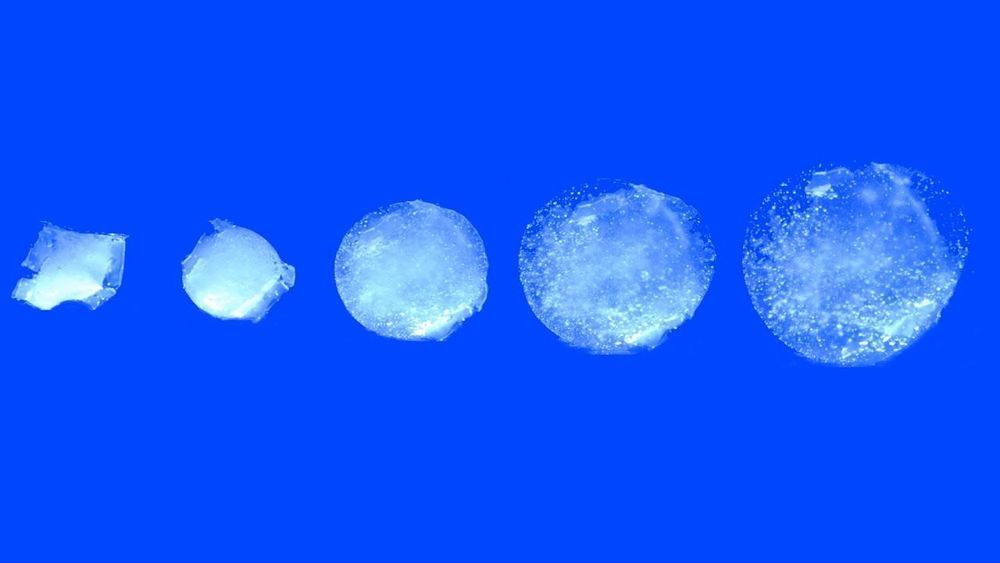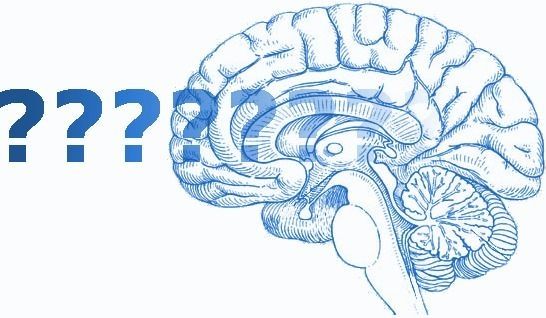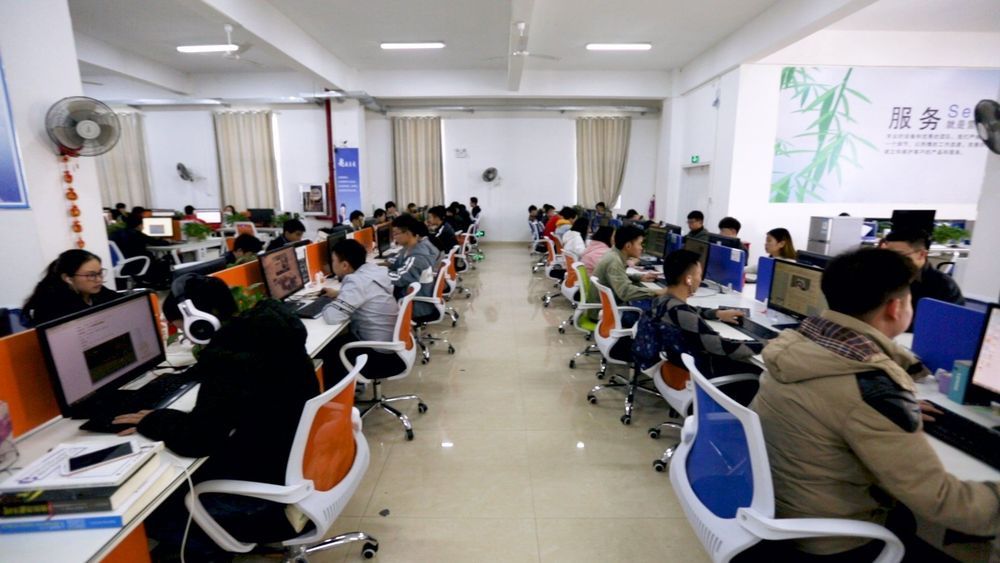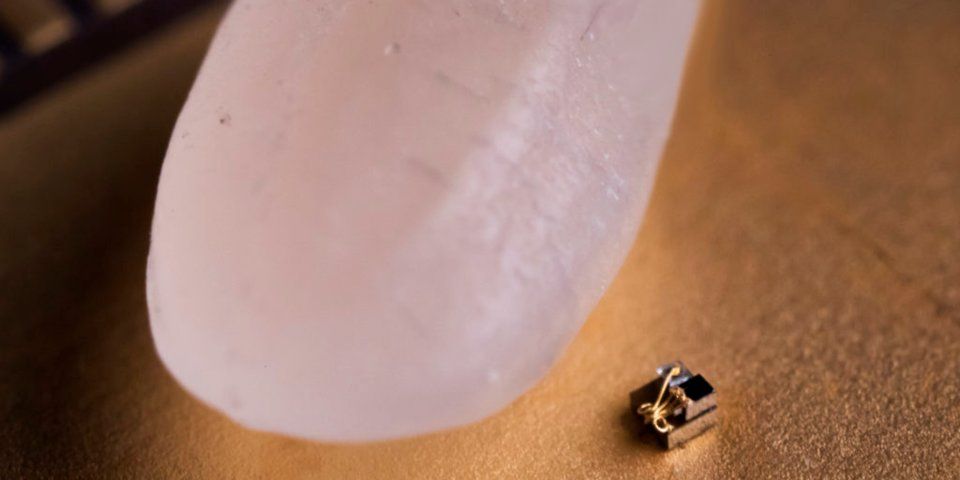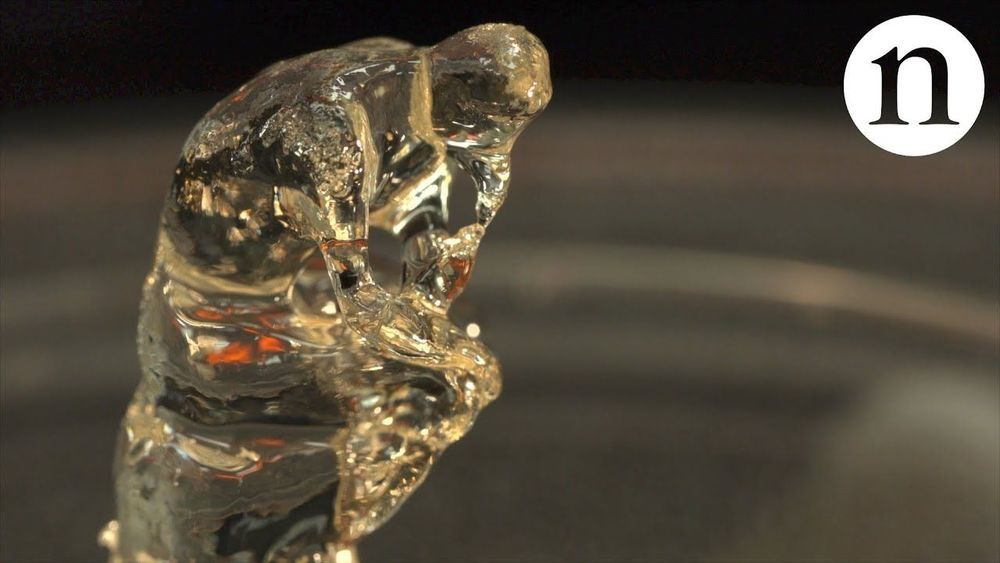Feb 2, 2019
‘Quiet’ light
Posted by Genevieve Klien in categories: computing, internet, quantum physics
Spectrally pure lasers lie at the heart of precision high-end scientific and commercial applications, thanks to their ability to produce near-perfect single-color light. A laser’s capacity to do so is measured in terms of its linewidth, or coherence, which is the ability to emit a constant frequency over a certain period of time before that frequency changes.
In practice, researchers go to great lengths to build highly coherent, near-single-frequency lasers for high-end systems such as atomic clocks. Today, however, because these lasers are large and occupy racks full of equipment, they are relegated to applications based on bench tops in the laboratory.
There is a push to move the performance of high-end lasers onto photonic micro-chips, dramatically reducing cost and size while making the technology available to a wide range of applications including spectroscopy, navigation, quantum computation and optical communications. Achieving such performance at the chip scale would also go a long way to address the challenge posed by the internet’s exploding data-capacity requirements and the resulting increase in worldwide energy consumption of data centers and their fiber-optic interconnects.




